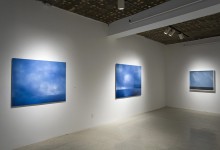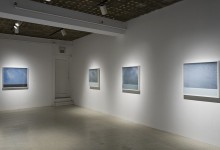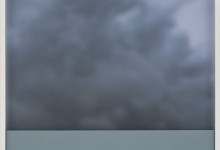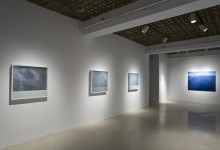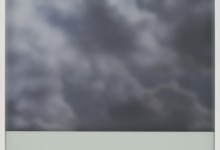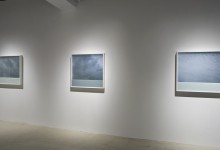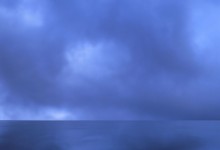It is within the locality of the dream where we are at once sentient of ourselves within a multitude of reflections. The momentary awareness of self reveals transitions between those subliming resonances of reality and our want of an unbiased infinite. The sky and water may beckon us, yet we do not fully comprehend why or how we could be within both at once, or better, everywhere within everything at once, to perhaps know the presence of omniscience.
Pure materiality, with a hint of applied aesthetics, reminds us of the beauty contained by the object. In it, recollections of the past and forecasts for the future may play within one another, mimicking the present as if they could coexist in transcendence, but leaving us to our constants nonetheless. The partition between past and future always rests with the present moment, and we are bound to it while one side gains precedence over the other during the course of our lives.
The work of Henri Venne implicates the viewer to know themselves through their refracted image. The autonomy of the object is fractured, the reflective glass separates yet joins the works with the spectator, articulating a depth of field that is flattened yet sculpturally dimensional. A one-point perspective realizes its ambivalence through movement. Here, the spectator can control himself or herself within the environment of art appreciation. Consistently aware of their fractured and refracted image, the space of representation attaches a sequentially autonomous order. The one and the other rest in symbiosis, likewise the landscape rests assured of the face it becomes once realized through a sight unseen.
As Venne has commented, these works are meant to echo the relationship of painting and photography. In the works, a combination of formalist aesthetic and ephemeral logic directs the spectator towards an awareness of oneself, and one’s place in the space of representation: the gallery. Within it, there is a consistency of exchange, where what was outside itself becomes inside, and what was known becomes unknown, conflating our idyllic gestations into well-worn theoretical manifests. Part painting, part photo, part sculpture, the work of Venne appropriates known ideals so as to reflect what is known as the unknown.


